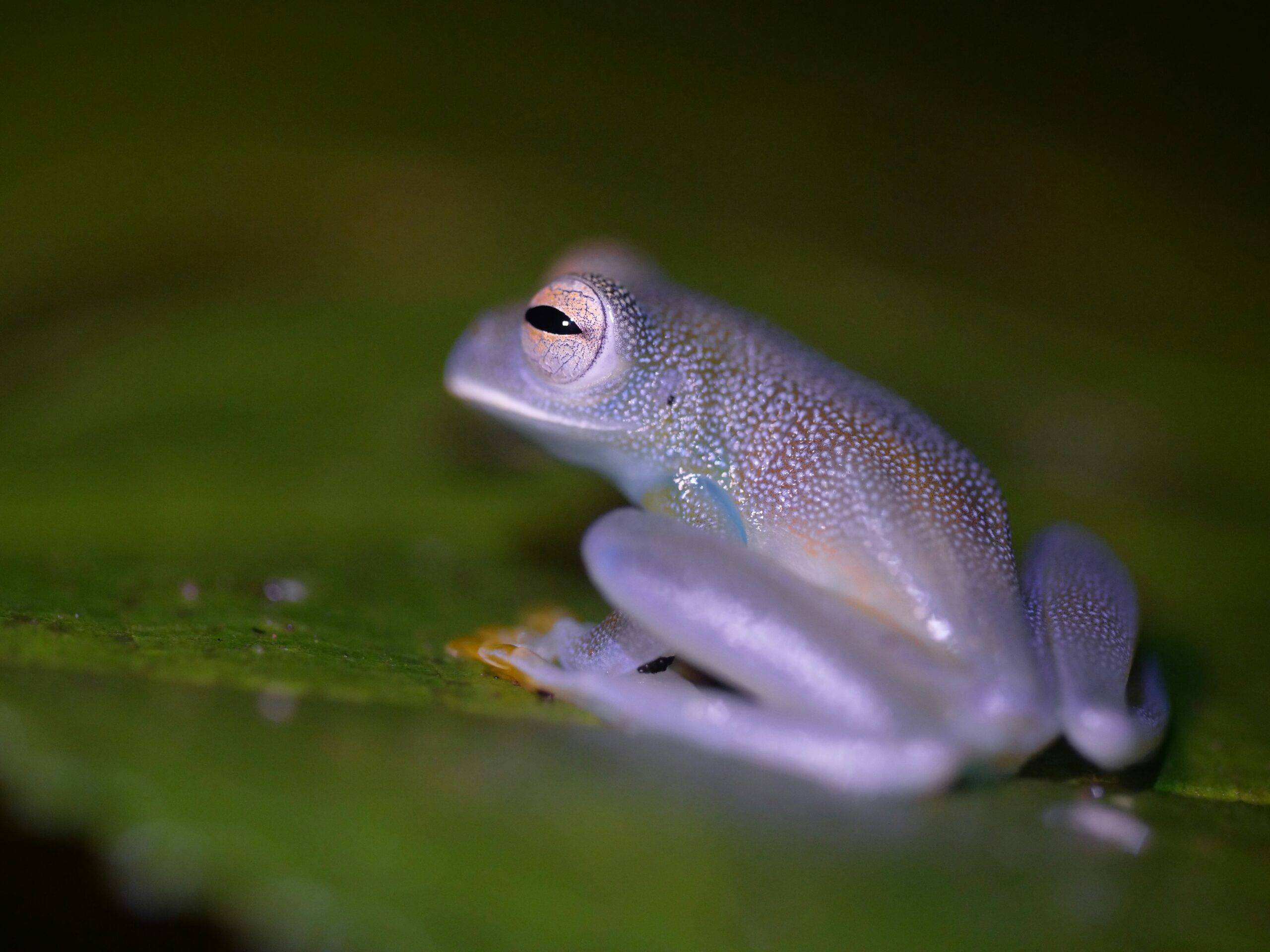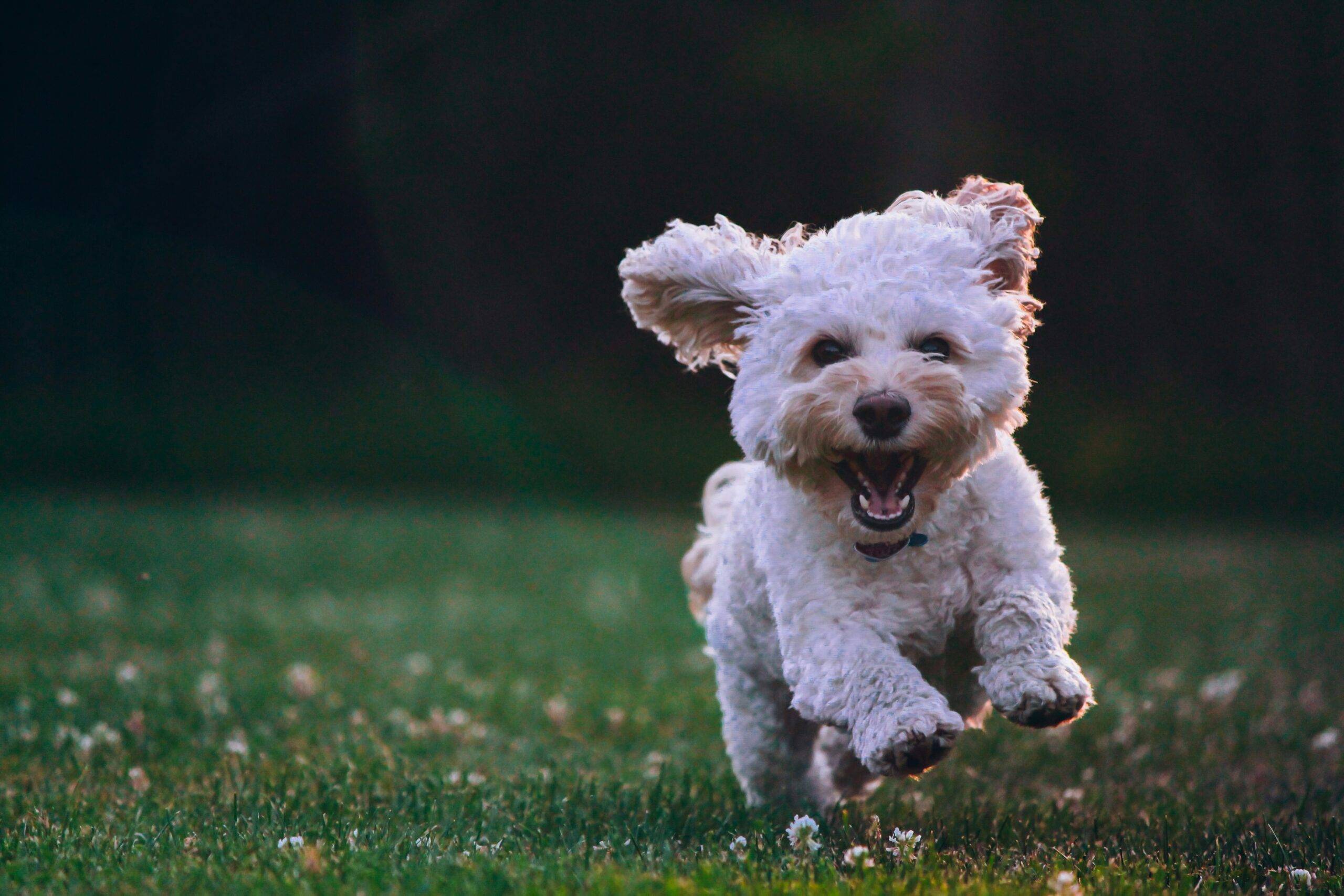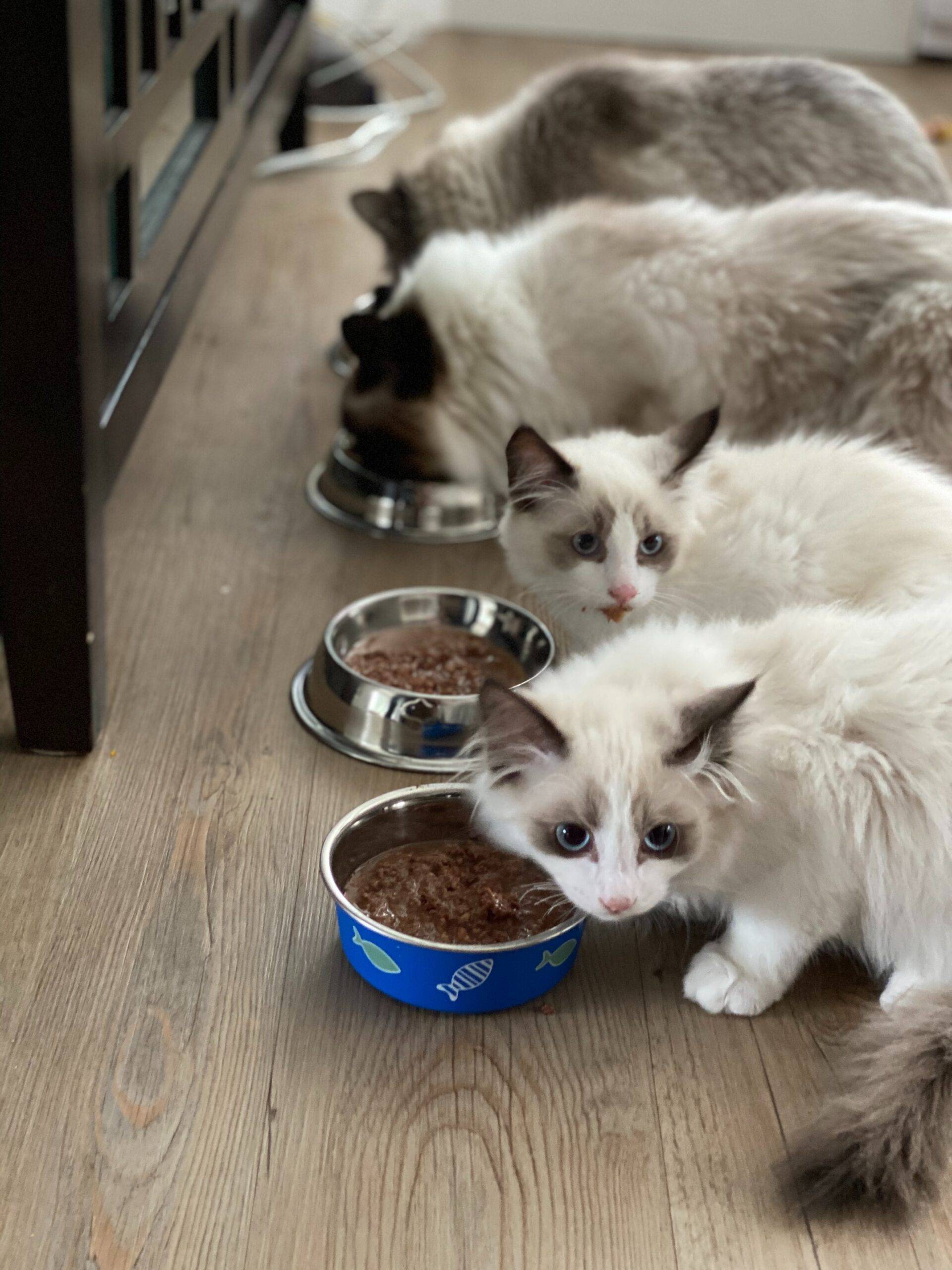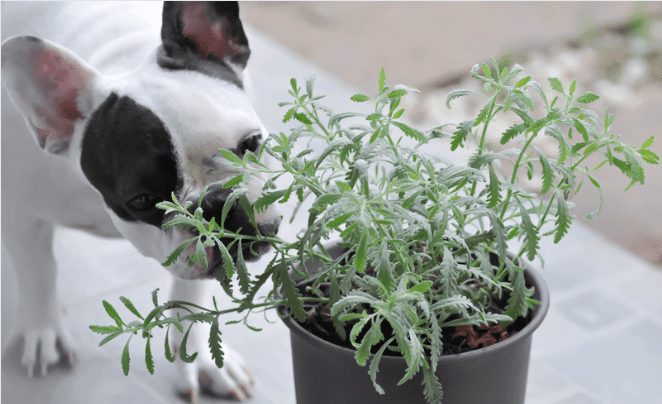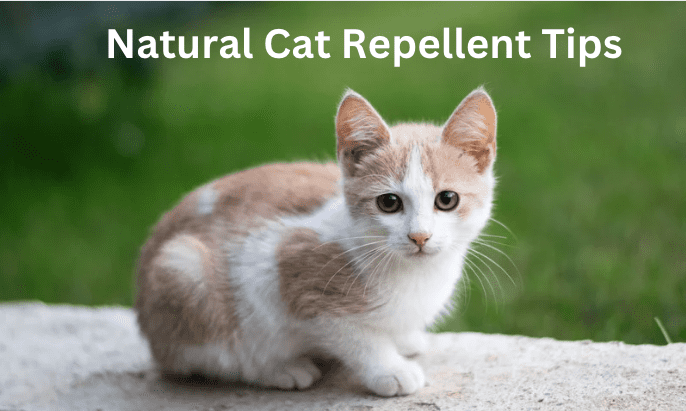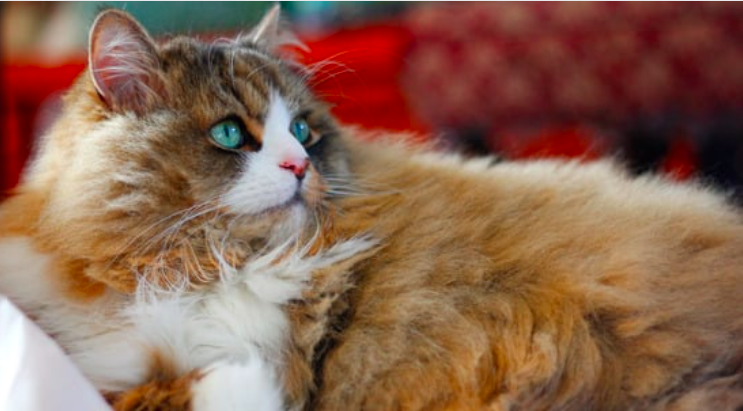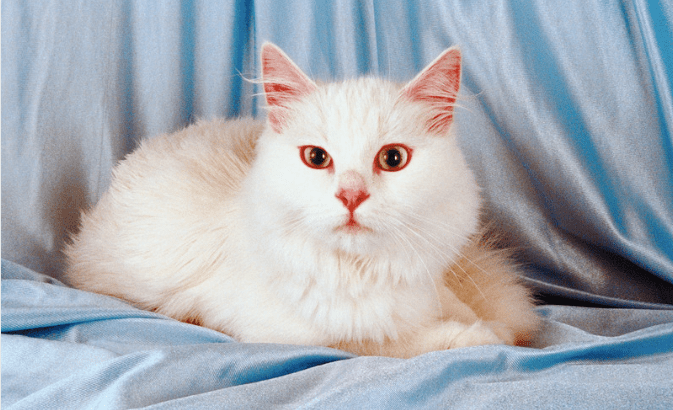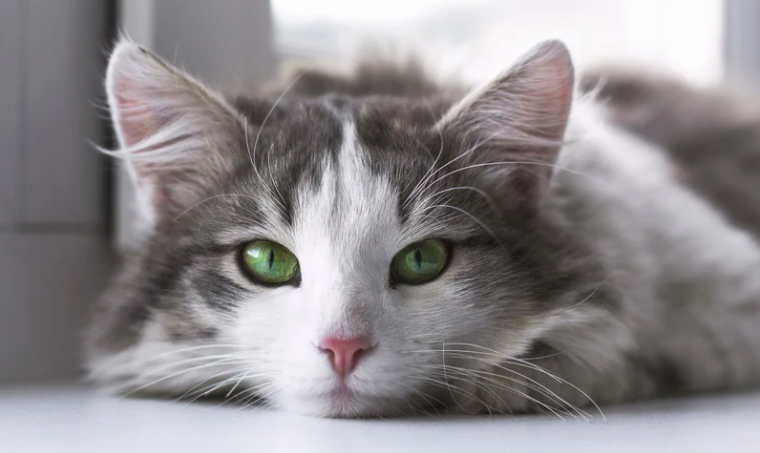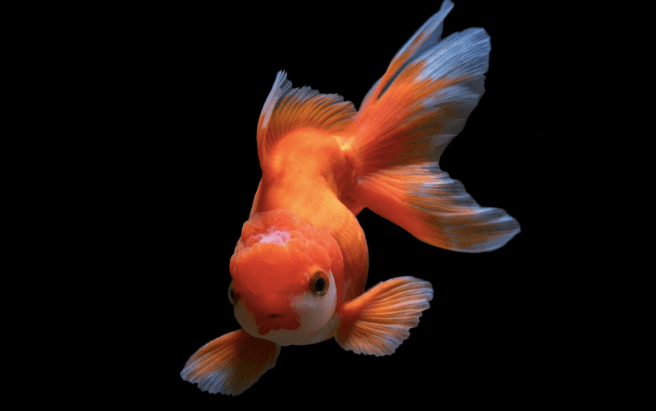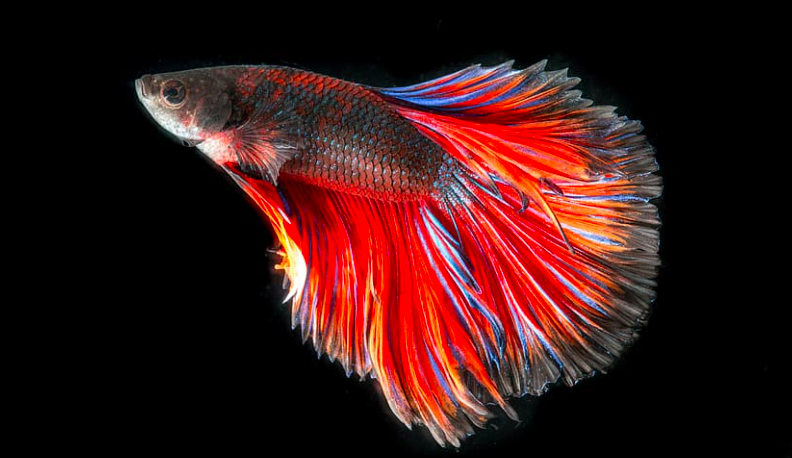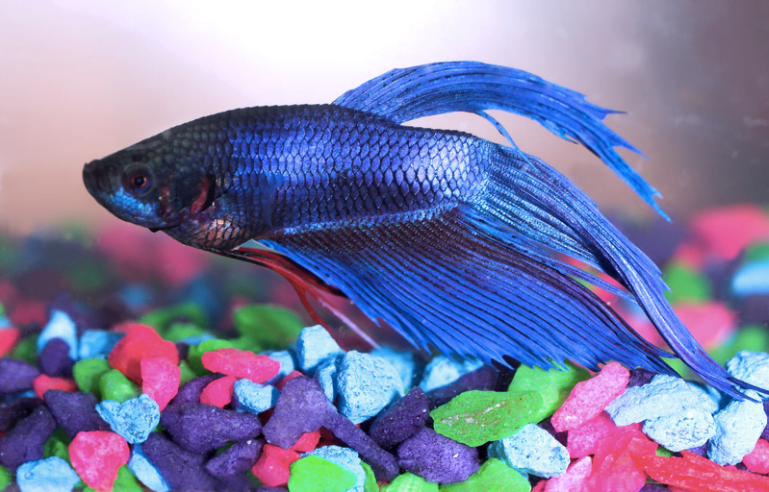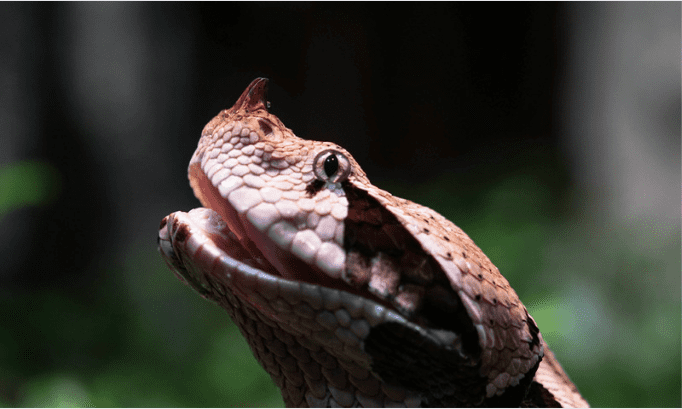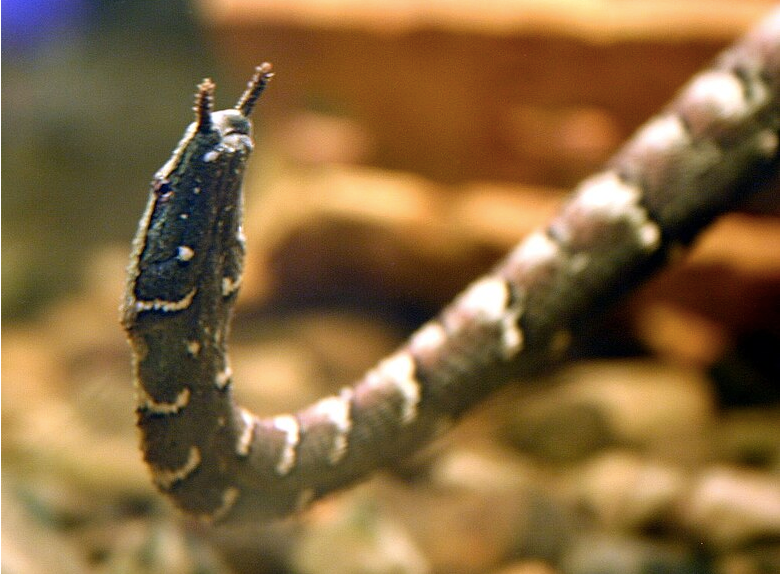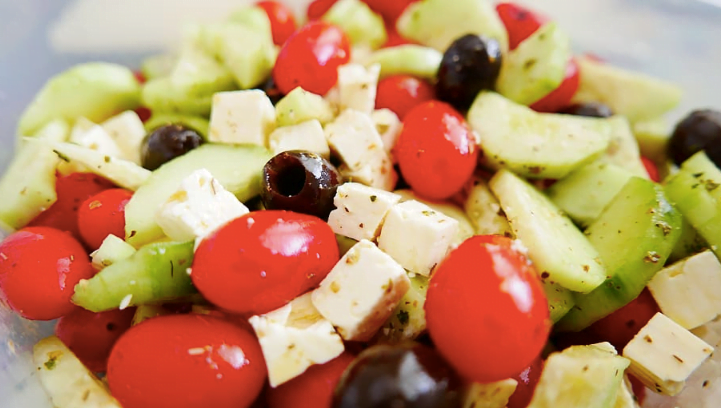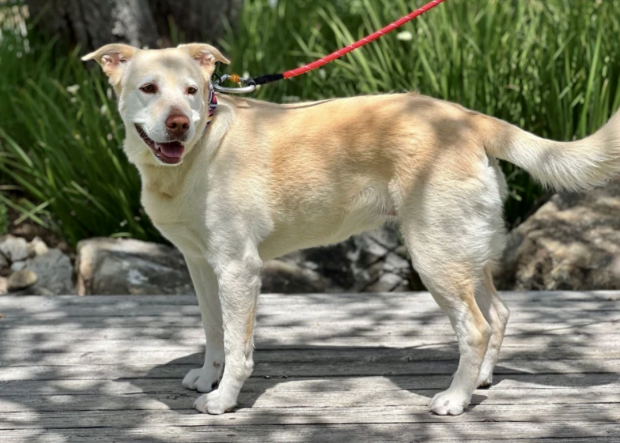Treat Time: The Best Snacks For Your Bird
As bird owners, we understand the importance of providing our feathery friends with the best possible diet. One way to enhance their daily meals is by offering them delicious and nutritious snacks.
In this article, we’ll dive into the top snacks for your bird, exploring their benefits and the best ways to serve them.
With these delightful treats, your bird will be singing your praises in no time!
1. Fresh Fruits and Vegetables
A. Why Fresh Produce Matters
Feeding your bird a variety of fresh fruits and vegetables is essential for a well-rounded diet. These wholesome treats provide essential vitamins, minerals, and fiber that contribute to your bird’s overall health and well-being.
B. Top Fruits for Your Bird
- Apples: Rich in vitamins A and C, apples make for a delicious and healthy snack. Be sure to remove the seeds, as they contain harmful compounds.
- Berries: Blueberries, strawberries, and raspberries are packed with antioxidants and offer a sweet treat for your bird.
- Bananas: High in potassium and vitamin C, bananas are a soft and easy-to-eat snack for birds of all sizes.
- Melons: Watermelon, cantaloupe, and honeydew are hydrating and nutrient-rich, perfect for a hot summer day.
C. Top Vegetables for Your Bird
- Leafy Greens: Kale, spinach, and collard greens are filled with vitamins A, C, and K, as well as calcium and iron.
- Carrots: Both the root and the greens are a great source of vitamin A and can be served raw or cooked.
- Sweet Potatoes: Packed with vitamin A, sweet potatoes can be served cooked and mashed for easy consumption.
- Peas: Green peas are high in vitamin C and can be served fresh or frozen.
Remember to wash all produce thoroughly before serving.
2. Pelleted Treats
A. The Benefits of Pelleted Treats
Pelleted treats offer a convenient and balanced snack option for birds, providing essential nutrients in a compact form. These treats can be found in various flavors and formulations, catering to the specific needs of your bird.
B. Choosing the Right Pelleted Treat
- Size: Select a pelleted treat appropriate for your bird’s size to ensure easy consumption.
- Nutrient Profile: Look for a treat with a well-rounded nutrient profile, including essential vitamins, minerals, and amino acids.
- Flavor: Experiment with different flavors to find the one your bird prefers.
3. Nutritious Seeds and Nuts
A. Why Seeds and Nuts Matter
Seeds and nuts are a natural part of a bird’s diet and can provide a healthy source of protein, fats, and essential nutrients. However, moderation is key, as these treats can be calorie-dense.
B. Top Seeds for Your Bird
- Millet: This small, nutritious seed is a favorite among many bird species.
- Flaxseed: Rich in omega-3 fatty acids, flaxseed supports healthy skin and feathers.
- Sunflower Seeds: These seeds are high in vitamin E and healthy fats but should be fed sparingly due to their calorie content.
C. Top Nuts for Your Bird
- Almonds: Almonds are an excellent source of protein, healthy fats, and vitamin E.
- Walnuts: High in omega-3 fatty acids, walnuts support brain health and feather condition.
- Pecans: Pecans offer a good balance of protein, healthy fats, and essential nutrients, making them a great snack option for birds.
When offering seeds and nuts, be sure to serve them in moderation and remove any shells.
4. Cooked Grains
A. The Benefits of Cooked Grains
Whole grains are an excellent source of fiber, vitamins, and minerals, making them a beneficial addition to your bird’s diet. Cooked grains can be easily digested and provide a warm, comforting snack for your feathery friend.
B. Top Grains for Your Bird
- Brown Rice: High in fiber and B vitamins, brown rice is a nutritious and versatile grain.
- Quinoa: A complete protein and rich in essential amino acids, quinoa is a superfood for your bird.
- Barley: Packed with fiber and nutrients, barley offers a wholesome and satisfying snack.
- Oats: Rolled or steel-cut oats provide a comforting treat that’s full of fiber and nutrients.
Cook grains according to package instructions and serve at room temperature.
5. Protein-Rich Foods
A. The Importance of Protein
Protein is an essential nutrient for maintaining strong muscles, healthy feathers, and overall well-being. Including protein-rich snacks in your bird’s diet can help support their growth and development.
B. Top Protein Sources for Your Bird
- Eggs: Boiled or scrambled eggs are a great source of protein and can be served with or without the shell.
- Lean Meat: Cooked chicken, turkey, or fish provide a high-quality protein source that can be easily shredded for easy consumption.
- Legumes: Beans, lentils, and chickpeas are packed with plant-based protein and can be served cooked and mashed.
Ensure that any protein sources are fully cooked and free of seasonings or additives.
6. Sprouted Seeds
A. The Benefits of Sprouted Seeds
Sprouting seeds unlocks their full nutritional potential, making them an incredibly nutritious treat for your bird. Sprouted seeds offer increased levels of vitamins, minerals, and enzymes, as well as improved digestibility.
B. How to Sprout Seeds at Home
- Rinse and soak seeds in water for 8-12 hours.
- Drain the water and rinse the seeds again.
- Place the seeds in a jar or container with a mesh lid, allowing for airflow.
- Rinse and drain the seeds twice daily, ensuring they remain moist but not waterlogged.
- Once sprouts reach the desired length (usually 1-3 days), serve them to your bird.
7. Healthy Treats for Foraging
A. The Importance of Foraging
Foraging is a natural and essential behavior for birds, helping to stimulate their minds and satisfy their curiosity. Providing foraging opportunities through treats can enhance your bird’s mental well-being and prevent boredom.
B. Top Foraging Treat Ideas
- Hanging Fruit Skewers: Skewer a variety of fresh fruit pieces on a stainless-steel rod and hang it in your bird’s cage for a fun, interactive snack.
- Seed-Stuffed Toys: Fill a foraging toy with seeds, nuts, or pellets, encouraging your bird to work for its treat.
- Wrapped Treats: Wrap a nutritious treat in a small piece of paper or a lettuce leaf, challenging your bird to unwrap its reward.
Conclusion
Offering your bird a variety of delicious and nutritious snacks can greatly enhance their quality of life.
By incorporating fresh fruits and vegetables, pelleted treats, seeds, nuts, cooked grains, protein sources, sprouted seeds, and foraging opportunities, you can provide your feathered friend with a well-rounded and stimulating diet.
Remember to serve treats in moderation and always prioritize your bird’s individual dietary needs. With these tasty and wholesome snacks, your bird is sure to thrive and enjoy a happy, healthy life.
Questions People Also Ask: (FAQs)
1. How often should I give my bird treats?
Treats should be given in moderation, making up no more than 10-15% of your bird’s total daily food intake. This ensures that they receive the majority of their nutrition from a balanced, species-specific diet.
2. Can I give my bird human snacks like crackers or bread?
While it’s tempting to share your snacks with your bird, many human foods contain added salt, sugar, and artificial ingredients that can be harmful to birds. It’s best to stick to bird-specific treats or natural, unprocessed options like fruits, vegetables, and whole grains.
3. Can I feed my bird avocado or chocolate?
No, both avocado and chocolate are toxic to birds and should never be offered as treats. If you suspect your bird has ingested either of these substances, seek immediate veterinary assistance.
4. How can I make sure the snacks I give my bird are safe?
Always choose snacks that are appropriate for your bird’s species and size, and avoid foods known to be toxic or harmful. Wash fresh produce thoroughly before serving, and ensure that any cooked treats are free of seasonings or additives.
5. How can I introduce new treats to my bird’s diet?
Introduce new treats gradually and in small quantities. Monitor your bird for any signs of digestive upset or allergies, and discontinue any treat that causes a negative reaction.
6. Can I make homemade treats for my bird?
Yes, many bird owners enjoy making homemade treats like bird-safe “cookies” or “muffins” using a mix of whole grains, fruits, vegetables, and seeds. Just be sure to avoid adding sugar, salt, or harmful ingredients, and always cook the treats thoroughly.
7. My bird is a picky eater. How can I encourage them to try new snacks?
Patience and persistence are key when introducing new snacks to a picky eater. Offer a small amount of the new treat alongside your bird’s favorite foods, and try different presentation methods, such as hanging the treat, hiding it in a foraging toy, or hand-feeding it to your bird.
We appreciate you for taking the time to read this article!
Finally, we hope you found this article interesting? And what do you think about ”Treat Time: The Best Snacks For Your Bird!?”
Please feel free to share or inform your friends about this article and this site, thanks!
And let us know if you observe something that isn’t quite right.


